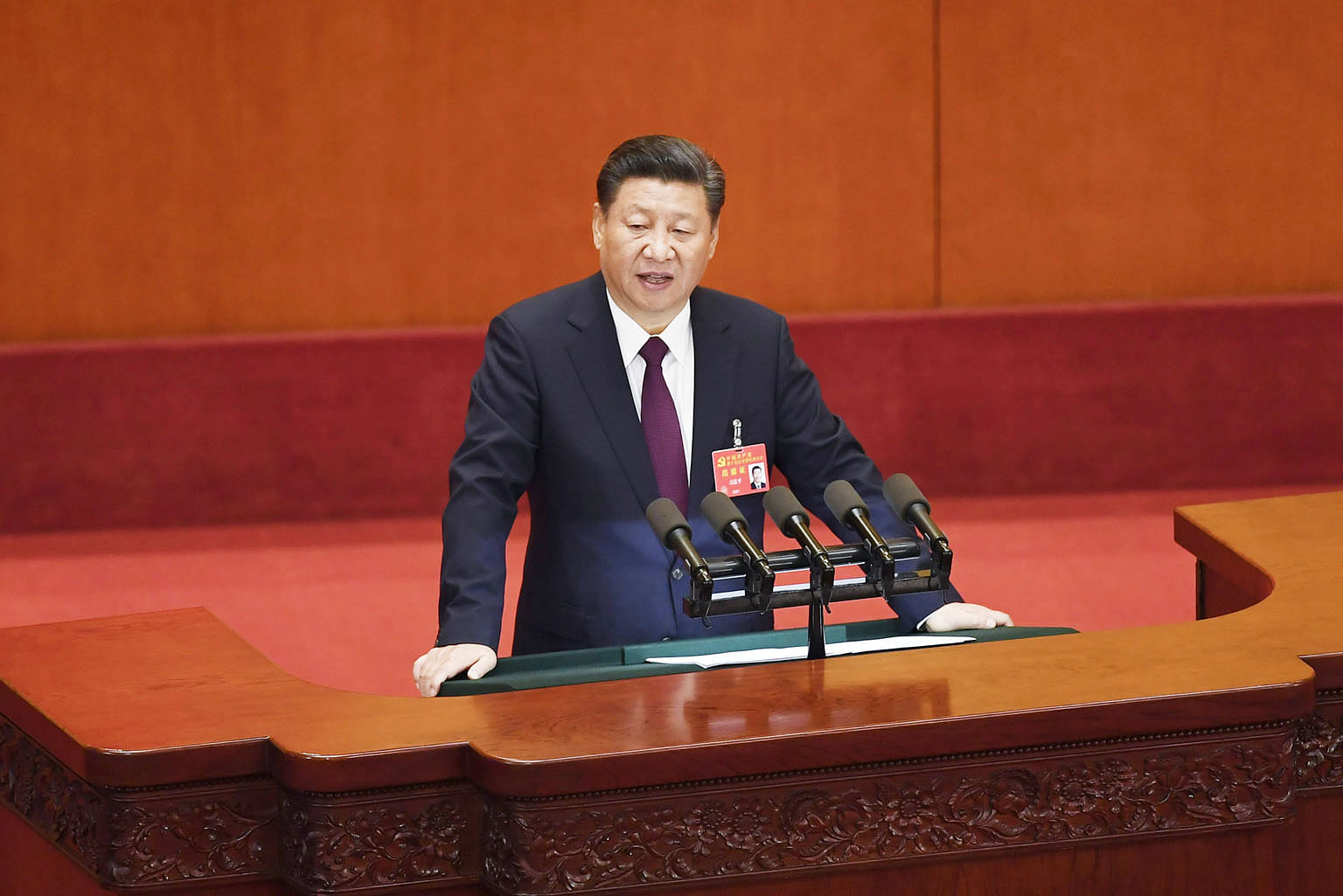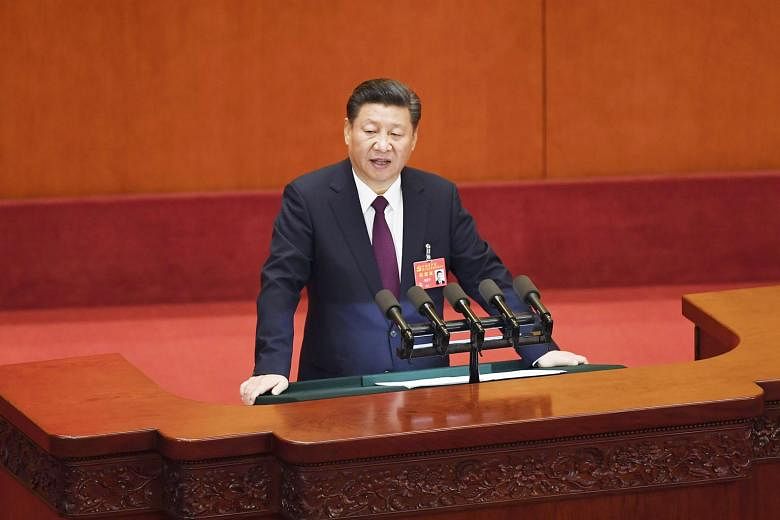In the early years of the Ming dynasty (1368-1644), China's emperors were obsessed with rooting out bureaucratic corruption. Bribe-taking officials were flayed before execution and their skin attached to mannequins in "scarecrow temples" to serve as a warning to others.
In more serious cases, entire clans were put to death.
The Ming empire eventually disintegrated under the weight of its corrupt bureaucracy and was washed away by the invading Manchu armies.
Chinese President Xi Jinping's most prominent policy initiative since he took power in 2012 has been his anti-corruption campaign.
An avid student of imperial history, Mr Xi is deeply familiar with the ancient dynastic cycle in which the "mandate of heaven" - the emperor's divine right to rule - was inevitably lost, thanks to corruption, inequality and incompetence.
Despite this awareness, it is striking to see how closely China's modern anti-corruption apparatus mimics the Ming system of "touring corruption inspectors".
In carefully worded recent papers, a group of academics at Beijing Normal University point out that the country's modern "discipline and inspection" regime is the direct successor of the old imperial system.
It also suffers from the same flaws.

In China today, it is still far more shameful to let down your family, your friends or your clan than it is to break the law.
In Ming times, corruption inspectors "had too much power without effective supervision and relied heavily on the constraints of Confucian morality", according to these academics.
Many of the inspectors quickly became spectacularly corrupt themselves. In the nearly two decades I have spent in China, I have met several anti-corruption bureaucrats and they were without question the most obscenely corrupt of any officials I have come across.
Another major flaw in the imperial anti-corruption system was its complete lack of independence. Inspectors were "a tool for the emperor to rule his courtiers and plebeians", the Beijing academics say.
That certainly applies in the case of modern China. Conveniently, virtually all of the senior officials removed by Mr Xi's anti-corruption campaign have been members of powerful rival political factions.
That is not to say Mr Xi is insincere in his desire to root out corruption. He views it as an existential threat to his rule and the most likely trigger of political instability in the country.
But as senior party officials admit privately, if he was to really wipe out all corruption in China he would have to arrest more than 95 per cent of the country's cadres and there would be nobody left to govern.
The continuing scale of corruption is a combination of decades of breakneck economic growth and authoritarian rule, which concentrates enormous power in the hands of unelected functionaries earning ultra-low official salaries.
But it is also a legacy of China's ancient governance structure and history of foreign domination.
Today, the party's official version of history claims the Mongolian Khans and Manchu princes as part of a continuum of unbroken Chinese civilisation stretching back millennia. But for much of the Mongolian Yuan dynasty (1271-1368) and Manchu Qing dynasty (1644-1912), the majority ethnically Han Chinese were subjugated and treated as lower-class citizens.
Throughout these and other periods, the central state was often weak or predatory, without the ability or incentive to protect Chinese subjects in far-flung reaches of the empire.
So citizens formed strong clan networks based around blood, geographical and professional ties reinforced by Confucian concepts of filial piety. These bonds were almost always stronger than the laws of the celestial capital and far more effective in protecting individuals from bandits, swindlers, invaders and indeed the central government itself. This was especially true when the country was in chaos, as it was for much of the 20th century.
There are clear parallels with countries such as modern Italy, which did not coalesce into a single state until the late 19th century and where corruption and networks of Mafiosi are still rife.
In China today, it is still far more shameful to let down your family, your friends or your clan than it is to break the law and in such a value system, it is not hard to see how nepotism and backroom dealing is often not even considered corruption by those involved.
If Mr Xi is serious about tackling this scourge, he should recognise that his current campaign cannot succeed in the absence of real institutional reforms.
As the 7th-century emperor Taizong once said: "With bronze as a mirror, we tidy our clothes; with history as a mirror, we can discern the rise and fall of dynasties."
FINANCIAL TIMES

